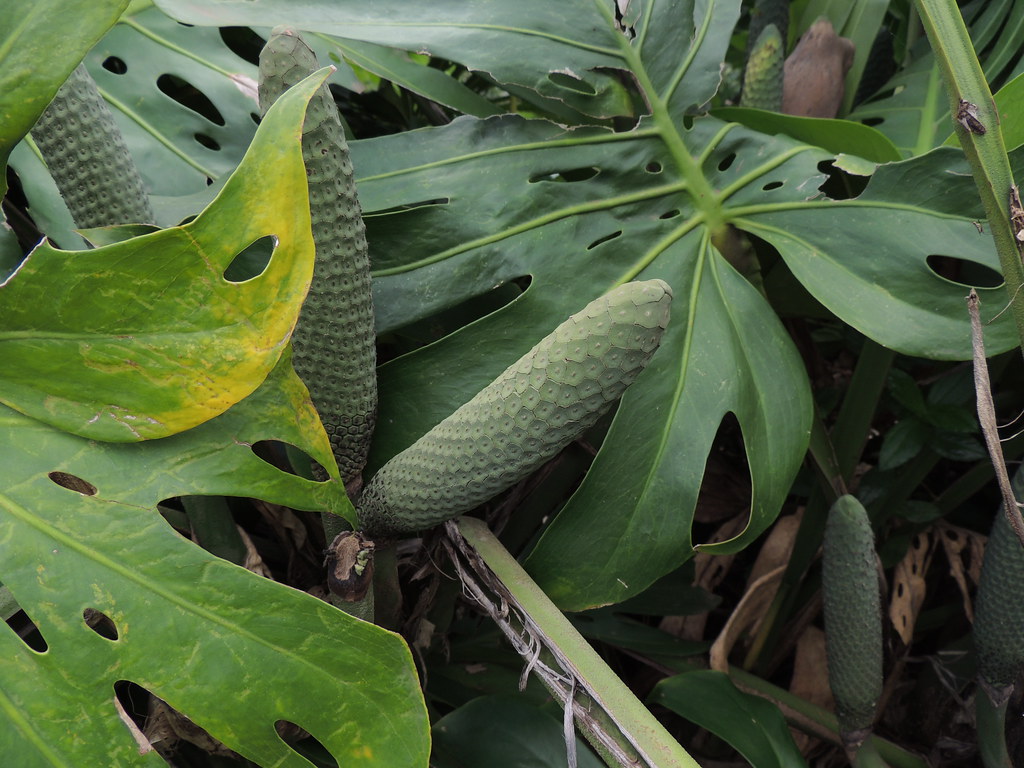Monstera Swiss Cheese is an intriguing and visually striking houseplant. Known for its distinct leaves with deep splits and holes, this plant’s appearance has drawn plant enthusiasts’ attention worldwide. Although often confused with Monstera Adansonii, Monstera Swiss Cheese actually refers to Monstera Deliciosa’s younger plants, whose leaves haven’t yet developed the full range of slits and holes.
Native to Central and South America, Monstera Swiss Cheese thrives in humid, forested environments. In the wild, these plants climb and trail along trees, while in homes, they are often found adorning shelves or hanging planters.
Growing Monstera Swiss Cheese is not particularly complicated, and it can be an excellent addition to your home or office space. This in-depth guide will provide you with everything you need to know about caring for and maintaining this beautiful plant.
| Attribute | Details |
|---|---|
| Common Names | Monstera Swiss Cheese, Swiss Cheese Plant |
| Botanical Name | Monstera Deliciosa (young plants) |
| Family | Araceae |
| Plant Type | Evergreen perennial |
| Mature Size | Up to 10 feet |
| Sun Exposure | Indirect, filtered light |
| Soil Type | Peaty, well-draining |
| Hardiness Zones | 10-11 |
| Native Area | Central and South America |
Monstera Swiss Cheese Care
Monstera Swiss Cheese care revolves around creating a tropical environment that simulates its natural habitat. This means providing ample but indirect light, maintaining a high level of humidity, and using well-draining soil. The soil should be kept moist but not soggy, allowing the top layer to dry slightly between watering.
Pruning and providing a support structure like a moss pole or trellis will encourage vertical growth and give the plant an opportunity to show off its unique foliage. Regular feeding with a balanced fertilizer will support the plant’s growth, especially during the growing season.
Light Requirement for Monstera Swiss Cheese
Monstera Swiss Cheese thrives in bright, indirect light. Too much direct sunlight can scorch the leaves, while too little light can lead to leggy growth and fewer fenestrations. An east or north-facing window is typically ideal.
Soil Requirements for Monstera Swiss Cheese
A well-draining soil that retains some moisture is best for Monstera Swiss Cheese. A mix containing peat moss, perlite, and pine bark often works well, offering both drainage and nutrient retention.
Water Requirements for Monstera Swiss Cheese
Watering should be consistent but moderate. It’s essential to let the top inch of soil dry out between watering to prevent root rot. Adjust your watering routine based on the season, as the plant will need less water in the winter months.
Temperature and Humidity
Maintaining temperatures between 65-80°F (18-27°C) and high humidity levels around 60% will keep Monstera Swiss Cheese happy. A humidifier, misting, or a pebble tray with water can help maintain the right humidity level.
Fertilizer
Feed the plant with a balanced liquid fertilizer every 4-6 weeks during the growing season, following the instructions on the fertilizer packaging.
Pruning Monstera Swiss Cheese
Pruning can help maintain the desired shape and size. Regularly remove dead or damaged leaves and cut back any unruly growth.
Propagating Monstera Swiss Cheese
Propagation is typically done through stem cuttings. Select a healthy cutting with at least one leaf and node and place it in water or soil to root.
How To Grow Monstera Swiss Cheese From Seed
Growing from seed is possible but challenging and slow. Fresh seeds should be sown in a well-draining mix and kept warm and moist.
Common Pests & Plant Diseases
Mealybugs
Treat with insecticidal soap or neem oil.
Scale
Remove manually and treat with appropriate insecticides.
Common Problems With Monstera Swiss Cheese
Leggy Growth
Often due to insufficient light; consider moving the plant to a brighter location.
Brown Leaf Edges
Typically a sign of low humidity; increase humidity levels through misting or other methods.
Pro Tips
- Rotate the plant occasionally to ensure even growth.
- Use a stake or moss pole to support the plant as it grows.
- Monitor the plant regularly for signs of pests or diseases.
- Repot the plant every 2-3 years to refresh the soil and provide more space for growth.
- Be patient with leaf development; the characteristic holes develop as the plant matures.




